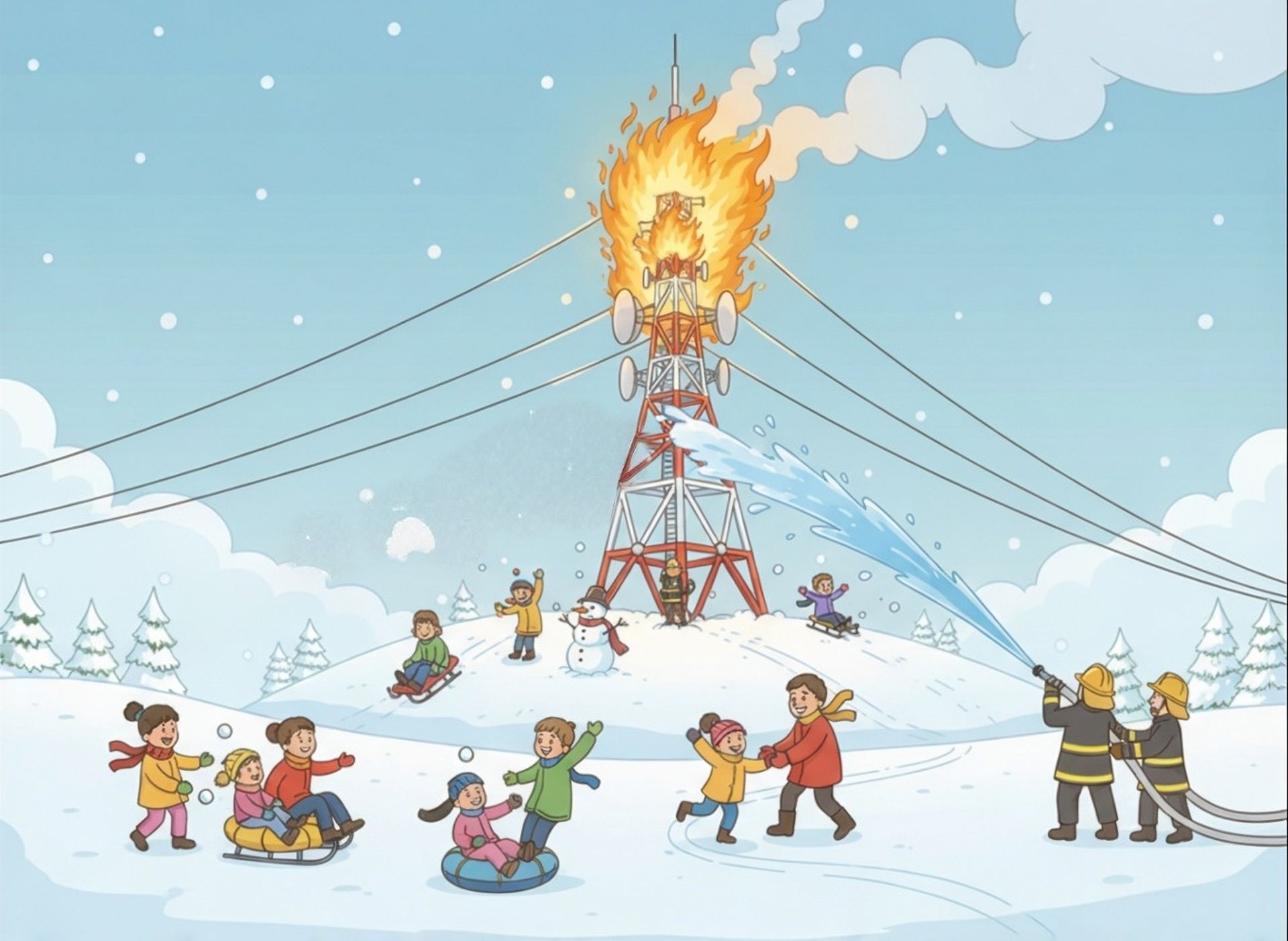WHAT HAPPENS WHEN THE CLOUD GOES DOWN?
The internet has had a series of bad days over the last few months. In October, Microsoft 365 briefly went sideways in North America after a network misconfiguration disrupted access to Teams and Exchange Online before service recovered the same day. A few weeks later, Microsoft Azure suffered an outage after a faulty configuration change was pushed to Azure Front Door Configuration, affecting Microsoft 365, Xbox, and other services worldwide. Around the same time Amazon crashed, stating that an AWS disruption stemmed from a DNS automation bug associated with DynamoDB. This is an automated system that directs internet traffic that made a timing mistake, and that small glitch quickly snowballed and knocked parts of the service offline. Most recently, Cloudflare, a service many websites use to load faster and block bad traffic, went down, leaving millions unable to access sites and services.
It’s no surprise that many business owners are now asking whether the cloud is still a safe choice for their business. Short answer: yes. For most small and mid-size companies, the cloud is still the safest, most cost-effective place to run everyday tools. It delivers enterprise-grade security, constant patching, and built-in resilience that would be expensive to match on your own. But “safe” doesn’t mean “never fail.”

These outages are a wake-up call that cloud service companies rely so heavily on the supply chain. We as consumers must put pressure on corporations to have more redundancies. That’s why incidents at providers like Cloudflare, the “air-traffic control” that many services rely on, can ripple far across the internet.
For many outages, you are at the mercy of the vendor, but there are things you can do to work around it. Start by deciding where downtime would hurt most, then add targeted redundancy like a second internet provider for key locations. Protect communications with email continuity (a backup way to send/receive during an outage) and keep independent email backups so you can recover messages if needed. For larger companies or truly critical systems, consider selective multi-cloud strategies so a second provider can carry the load if the primary stumbles.
With a few smart safeguards, a cloud outage becomes a speed bump, not a roadblock. While some outages are unmitigable, and we may have to wait while the internet engineers fix things. When that happens, perhaps we use the time to slow down, take a breather, step outside and take an internet snow day.
Uncomplicate IT News Blog





